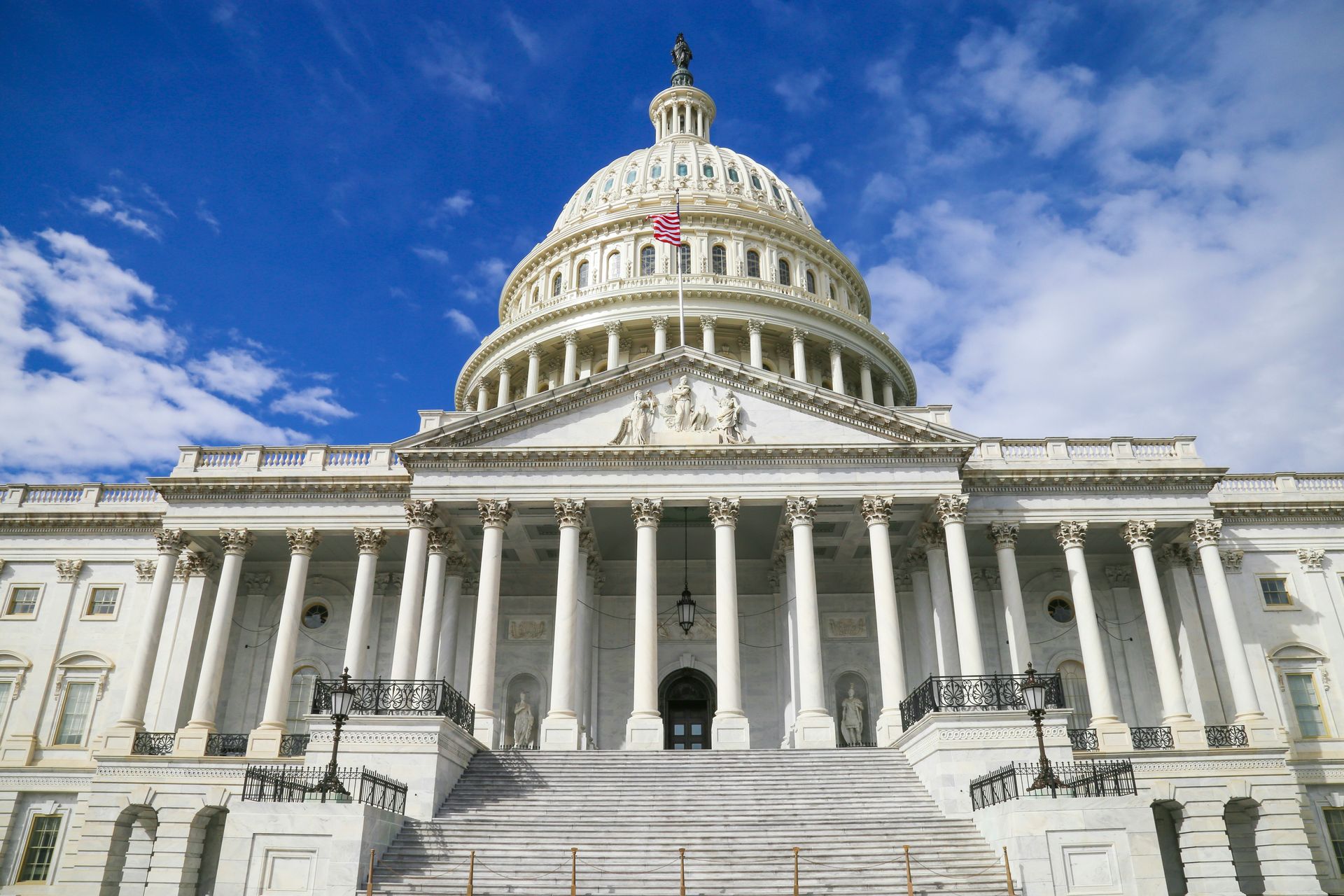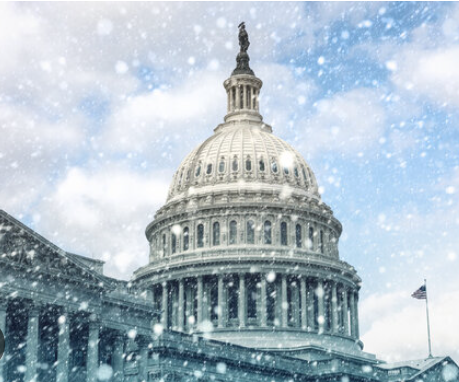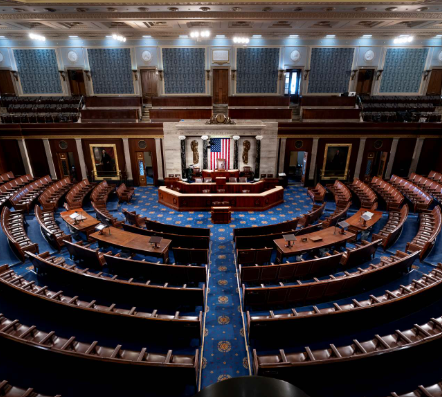A Conversation with Jose Javier Rodriguez Title: A Recap
July 17, 2024- NAWB hosted U.S. Department of Labor (DOL) Assistant Secretary Jose Javier Rodriguez, who leads the Employment and Training Administration (ETA), for a conversation with President & CEO, Brad Turner-Little. Here’s a quick recap:
Assistant Secretary Rodriguez made it clear that he appreciates the role that NAWB plays and is proud to serve in an administration that has prioritized good jobs. He noted that workforce development has not been—and is not—partisan, and that part of the privilege of joining ETA is the excellence in dedication of staff including the regional DOL offices.
Rogriguez’s father emigrated from Cuba, and economic opportunity has been a guiding light in his journey. “The pathway to economic opportunity is better jobs in our communities, diversifying our economic mix, and [helping] communities confront the future.” He noted that ETA is addressing dislocations, unemployment, the guest worker program, and improving the ways workforce systems engage partners, including NAWB.
His time in the Peace Corps in Senegal led to his calling toward public service. The word “training” in Spanish is “capacitación” which is loosely defined as making someone capable. “You want to hand skills to somebody so they can do it on their own. it is about self-determination, using limited reserves, and maximizing their impact.”
Rodriguez is proud of how ETA administers grant funds and is “doing a lot with very little,” considering the small amount provided for DOL’s administrative support. “I would say we do the best job in town in terms of administering grants, formula funds. . . with the increasing workload year after year and a fantastic team.”
When asked about his service in the Florida legislature regarding workforce development, Rodriguez shared that his platform was about economic opportunity, economic development, and the jobs program. He got to know the area’s workforce professionals, navigated the jobs infrastructure and the relationship with the local workforce in South Florida. During the pandemic, the wider focus was on helping workers and small employers trying to get benefits for their employees.
Per DOL policy, Assistant Secretary Rodriguez did not discuss current WIOA reauthorization proposals but did note in general that one challenge is explaining the public workforce system to members of Congress, “. . . the very important role [we all play] with respect to our workforce system is [hard] to communicate. They often understand their Job Corps program because it’s the same across the country, but perhaps do not have a wide understanding of the broader regionally diverse workforce system.” To amplify this point, Turner-Little encouraged attendees to acknowledge the importance of building relationships with federal and state elected representatives. “Workforce development professionals need to establish a close relationship with elected officials at all levels of government.”
Asked about his top priorities at ETA, Rodriguez noted the “number one focus is on job quality,” and the vital role of partnerships in supporting successful employees in quality jobs. He also noted ensuring equitable employment pathways for everyone, the accelerating pace of economic change, and dislocation related to automation and climate. Also on the Assistant Secretary’s mind are the future of work, clean energy infrastructure, advanced manufacturing plants, sector strategies and tracking DOL investments. He also noted the role of NAWB and workforce boards in facilitating sector strategies and acknowledged high quality programs that demonstrate that the workforce investments have a high return on investment.
Rodriguez pointed to the importance of collaboration. “. . .One of the amazing things about serving at this particular time is we have an unprecedented level of interdepartmental and interagency collaboration and that's by necessity,” “. . . We need to make sure the workforce system is at full capacity and that the hundreds of thousands of jobs [are filled] here in America.”
Rodriguez mentioned that DOL is revisiting its communications to the workforce to make sure they are effective, including professional development opportunities, continued technical assistance, and disseminating new policy and guidelines to help clarify and maximize flexibility under Yes, WIOA Can. He acknowledged that additional guidance on what is allowable when it comes to outreach and marketing is forthcoming, as is equitable access to training and supportive services, and translating materials into multiple languages.
As part of the “lightning round” of questions, Rodriguez pointed to economic changes in migration in the United States over the next decades. “It is going to be absolutely central to how we, as a nation and also communities, start to think about opportunities and dislocation.” Rodriguez also named his children as his inspiration, and recognized the many public servants and private sector professionals who work so hard—often behind the scenes without getting credit—to help their fellow citizens. Finally, he had a clear message for all the hardworking workforce professionals in our network: “Thank you. It's a privilege to be able to do this work and I know that it's not easy. . . know that you have a partner at the Department of Labor.”
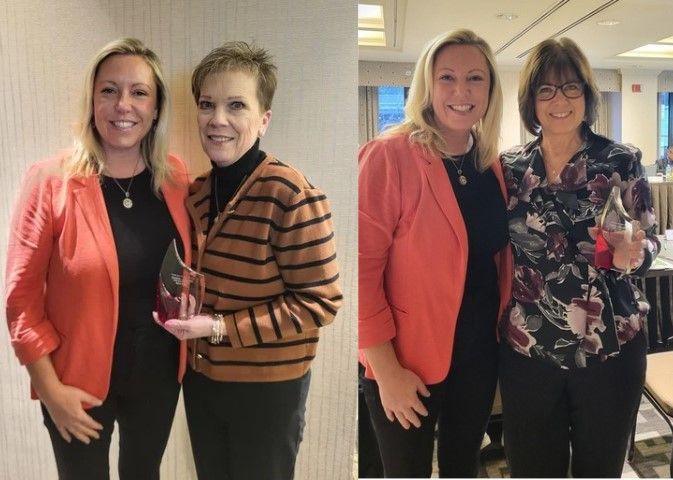
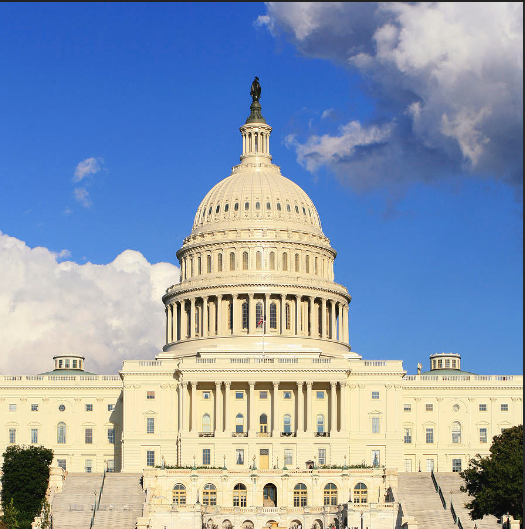
National Association of Workforce Boards | All Rights Reserved |
Created by Olive + Ash.
Managed by Olive Street Design.


